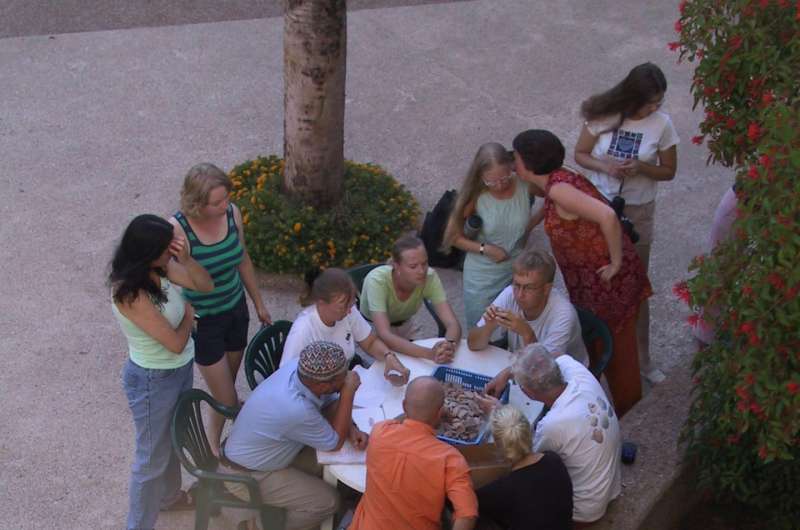The selection of archaeological research material should be re-evaluated

All research requires decisions on how to restrict the material under study. The material included in an archaeological study is in many ways already chosen before the researcher begins to make such decisions. The kinds of selections effected by the research process itself have rarely been examined.
In her doctoral dissertation, Tuula Tynjä studies the way the method of retrieval influences the quality and quantity of archaeological objects for research. The method of retrieval entails the criteria used to select material for retrieval and disposal from the archaeological objects available.
The material under discussion was excavated over the course of two archaeological projects in the Kinneret region, in present-day Israel.
"As the excavations are close to each other within a single area of habitation, we can assume that the impact of external factors on the selection of material is minimal. Comparing the Iron Age ceramic objects retrieved at Kinneret using a variety of methods proves that different retrieval methods generate research materials that differ in both quality and quantity. For this reason, the method of retrieval should be reported in the study," the doctoral candidate summarises.
Systematically collected material produces a more exact image of the excavated objects
Traditionally, the retrieval of ceramic objects has favoured the best-preserved pieces, and only a selection of the excavated objects has been retained. However, in 2003, two excavations adopted a more intensive method of retrieval, in which all edge pieces of ceramic dishes were retrieved and analysed. The intensive retrieval resulted in a larger amount of available material which could be considered a representative sample.
"When I compared the representative sample to the selectively retrieved material, I found that the selectively retrieved set featured a disproportionately large number of small, closed vessels, while the most common dish groups, i.e., bowls and cookware, were under-represented. Early reports in particular are likely to show a similar distortion of the most common dish groups. For this reason, a more intensive method of retrieval should be preferred," Tynjä estimates.
In addition to the actual retrieval and disposal, another significant form of selection is the ways in which all discovered objects - including those intended for disposal - are documented.
"The more detailed the documentation of disposed material, the better the academic community can estimate the degree to which the material is representative of all excavated ceramics. This also facilitates the evaluation of the conclusions based on the material," Tynjä concludes.
Provided by University of Helsinki


















